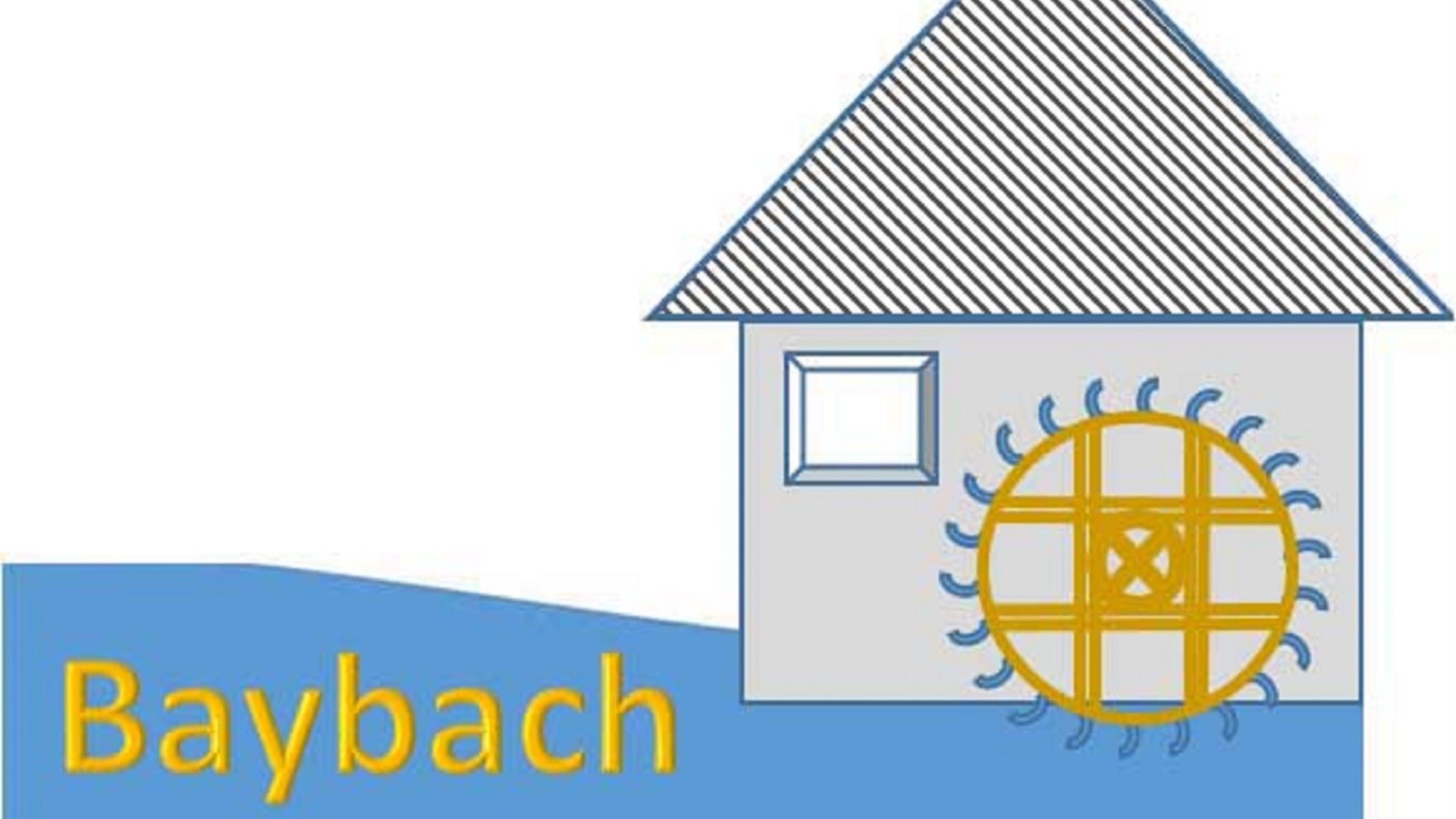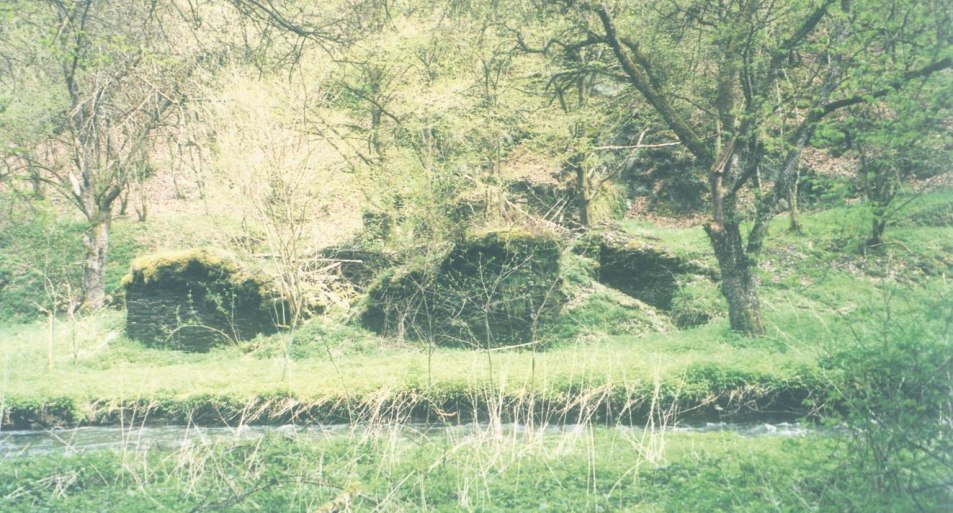21. Von Mühle zu Mühle im Baybachtal Waldecker-Mühle
56283 Beulich
The Waldecker Mill: We have become reflective about this terrible event, even though it happened almost 140 years ago. The next thing we discover along our way also shows us the transience of everything worldly. On the right side of the brook, in the district of Beulich, once stood the Waldecker Mill, of which only a few ruined remains of the walls can still be seen. It was one of the oldest mills in the whole valley. Already in a tax register of the Electorate of Trier from 1563 the mill is mentioned. At that time it was owned by the knight Jörg Boos von Waldeck, hence the name. In 1692 the family Philipp Link lived in the mill. But already before 1900 the milling operation was stopped, the mill was still inhabited until the middle of the 1920-ies, after that it fell into ruin. Also in this section of the Baybachweg, which leads in many twists and turns through rugged rocks, we have to master some difficult passages. Narrow paths lead over rocky cliffs, but they are well secured by hand ropes. This area is said to be still home to the rare wildcat and kingfisher. But it would be a stroke of luck to see one of these animals. We have passed the Waldeck mill, so it should not be far to the well-known Waldeck castle. We have guessed correctly, after about 500 meters the narrow valley opens, a wide gentle meadow ground opens up in front of us, and then we see the ruins of the Waldeck on the left above on the height. of the Waldeck. Of course, we do not want to miss a visit to this historical site. To do so, however, we have to climb up a mountain path for about 20 minutes before we enter the vast castle complex through a high archway. We catch sight of dilapidated bastions and walls. If they could tell a story, they would tell of an eventful history. Actually, there were two castles standing on the Waldeck. The first one, the "upper castle", was located on the heights on what was later called the "dragon's head". It was first documented in 1242, when the knights Heribert, Udo, Bosso and Winand gave their castle in fief to the Archbishopric of Cologne in return for an annual rent of 12 fouders of wine. The upper castle was not of too large dimensions, so that it was not sufficient as a residence for all knight families. Therefore, around 1250 the "Unterburg" was built on the lower plateau. At times 13 families lived at Waldeck. Their coexistence with the numerous servants did not always go smoothly. Several times "castle peace contracts" were concluded in which the rooms of the castle were precisely allocated. Even the use of the "quiet rooms" was precisely regulated. The Waldecker dynasty, especially the "red and black Boose", was very influential in the Rhineland. In 1331, they allied themselves with the knights of Schöneck, Ehrenburg and Eltz and even took on the powerful Elector of Trier, Balduin. Balduin, however, tamed their arrogance in the famous "Eltz feud". In 1336 they had to bow to the Elector in an atonement treaty. In 1689 Waldeck, like so many other castles and towns, was totally destroyed by the French in the "Palatinate War of Succession". In 1720, Baron Wilhelm Lothar Boos von Waldeck built a small baroque residential castle on the ruins, as they were generally in fashion at that time. In the turmoil of the French occupation after 1800, the owners of Waldeck changed, the little castle fell into disrepair and was finally sold for demolition. In the 1920s, new life awoke on Waldeck. The association of the "Nerother Wandervögel" bought a part of the ruin and established its headquarters there. Under the leadership of the brothers Robert and Karl Oelbermann, the Nerothians built their "Rhenish Youth Castle" on the historic site, which became the starting point for hikes and trips all over the world. And yet another cultural movement established itself on the Waldeck around 1960. For several years, folkloristic festivals were held there with the participation of today's well-known songwriters, singers and cabaret artists such as Reinhard Mey, Franz-Josef Degenhardt, Katja Ebstein and Hans-Dieter Hüsch. Still under the impression of the historical events that took place here, we stroll back down into the valley of the Bay, where we follow the lively stream along a comfortable hiking trail.



